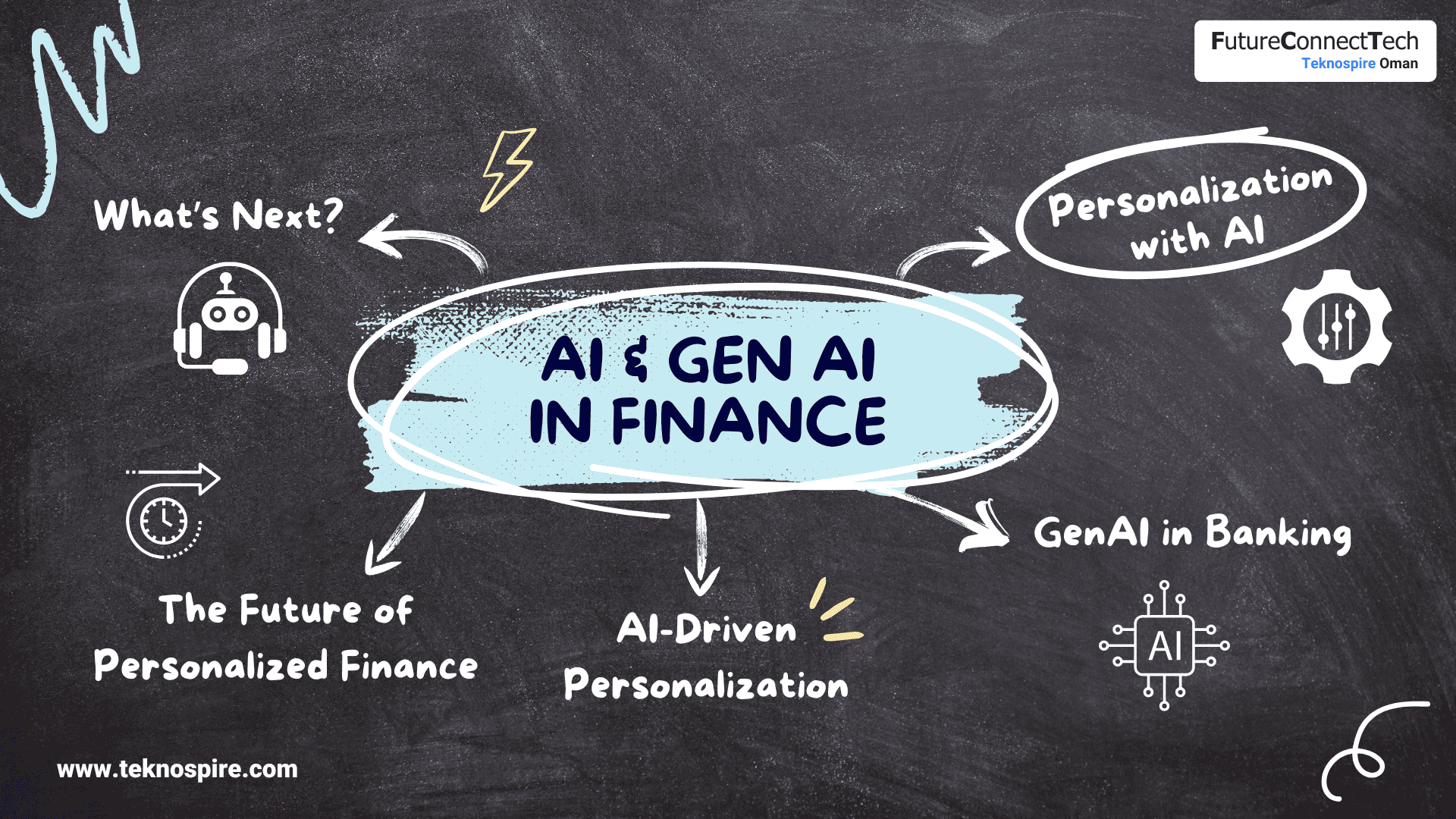Personalization in finance has always been a buzzword. Banks and fintechs have wanted to “know the customer” better, but most efforts ended up being generic emails or one-size-fits-all offers. Now, with AI – and especially generative AI – the idea of true personalization is starting to take shape.
From smarter recommendations to more natural conversations, AI is helping financial institutions deliver experiences that feel relevant, timely, and even human.
Why Personalization Matters
Customers today expect their bank or financial provider to understand the way a streaming service or shopping app does – anticipating needs, making useful suggestions, and speaking in a way that feels personal.
But finances are different. Regulations, trust, and the complexity of money make personalization harder. That’s where AI comes in: it can analyze data at scale, spot patterns, and suggest the “next best action” for everyone – without relying on guesswork.
Where AI Is Making a Difference
- Smarter nudges: Banks can now send timely alerts suggesting savings or investments when extra balance shows up in an account.
- Personalized offers: Instead of generic credit card ads, AI can match products to life events, spending habits, or financial goals.
- Conversational banking: AI chatbots are getting better at answering questions and even giving basic financial advice in their natural language. GenAI adds a human-like touch to these interactions.
- Tailored content: Some institutions are experimenting with AI-generated research updates or explainer videos, customized for different customer segments.
- Predicting life moments: AI can pick up signals that someone might be ready to buy a house, start a family, or change jobs—and proactively offer support.
The GenAI Factor
Generative AI takes personalization further. It can draft personalized messages, explain complex financial topics in plain language, or even create scenario-based advice. But it also comes with risks:
- It may “make things up” (hallucinations).
- It needs strong checks for bias and fairness.
- It must respect privacy and security.
In short, GenAI can make customer experiences more engaging – but financial institutions must use it responsibly.
What Banks and Fintechs Should Focus On
- Clean, unified data across systems
- AI models that balance personalization with fairness and transparency
- Human oversight for sensitive decisions
- Clear communication so customers understand how AI is being used
Trust will remain the deciding factor. Customers may enjoy personalized tips, but only if they feel their data is safe and their best interests are being protected.
Looking Ahead
Personalization in financial services moves from broad “segments” to true one-to-one experiences. Over the next few years, we’ll see:
- AI-driven recommendations that feel as natural as a friend’s advice
- Banking apps that adapt in real time to user behavior
- More regulators stepping in to ensure fairness and accountability
The institutions that succeed won’t just be those with the flashiest AI tools. They’ll be the ones that combine technology with transparency, ethics, and a genuine focus on customer trust.
Frequently Asked Questions
What is AI personalization in financial services?
AI personalization uses artificial intelligence to generate customized nudges for investing, financial planning, and tailored product recommendations based on individual customer behavior and needs.
How are GCC banks adopting AI personalization?
Close to nine in ten GCC CEOs reported using GenAI in 2024, exceeding global averages. AI in the Middle East Adoption Trends, Readiness, and Risk Landscape Analysis Report 2025 The UAE and Saudi Arabia are frontrunners in AI integration, with AI potentially contributing 13.6% to regional GDP by 2030.
Which GCC banks offer AI-powered personalization?
Emirates NBD uses predictive AI to create hyper-personalized customer experiences, including advising mass segment clients and first-time investors on tailored investment solutions.
